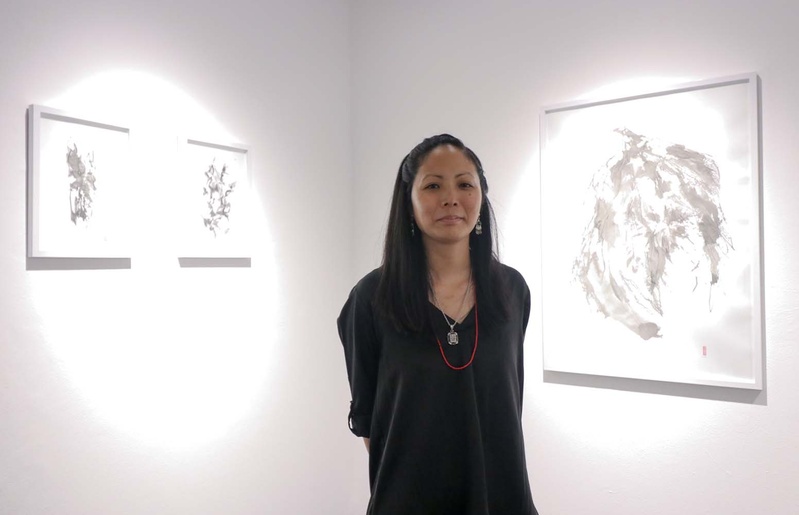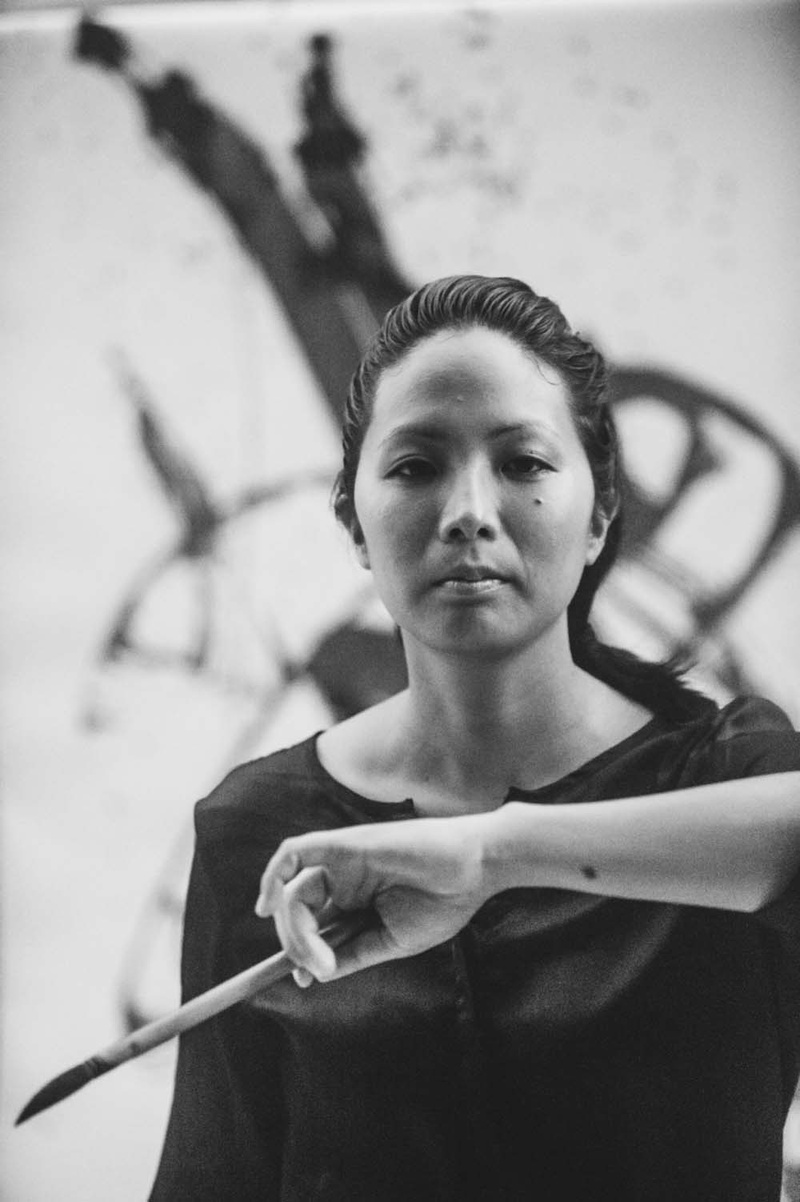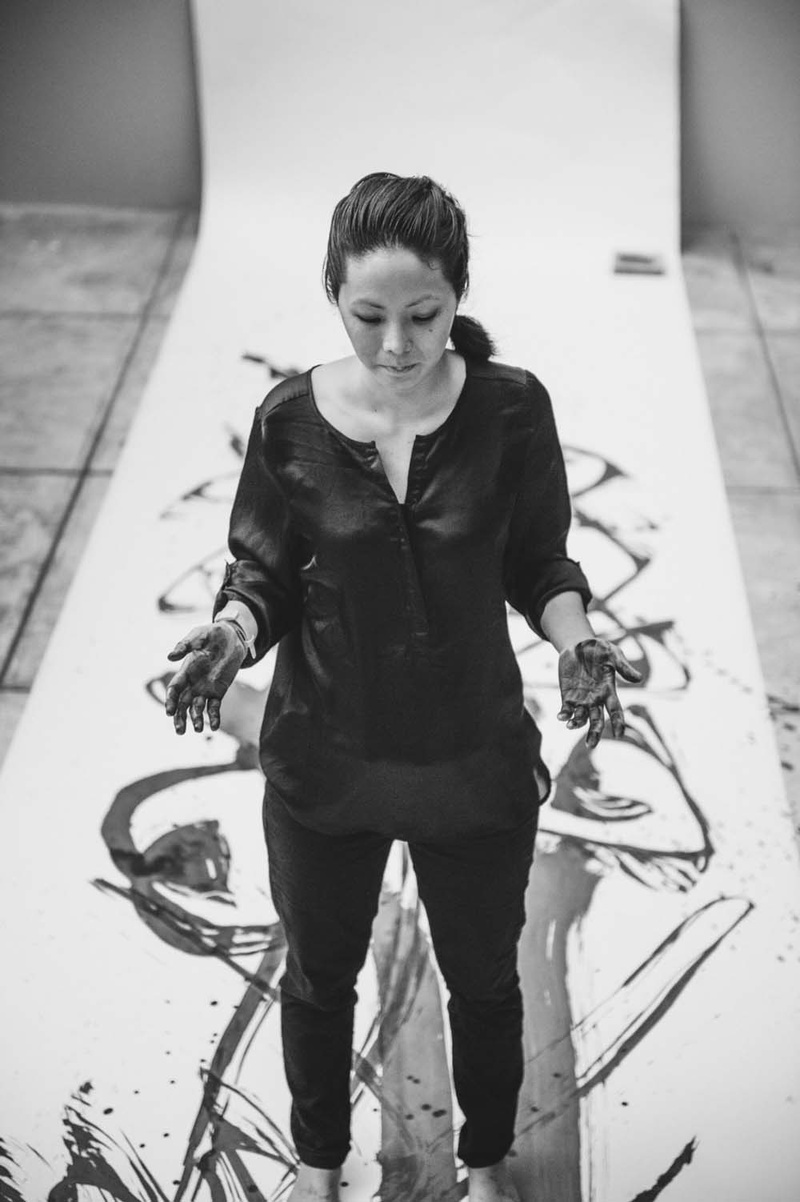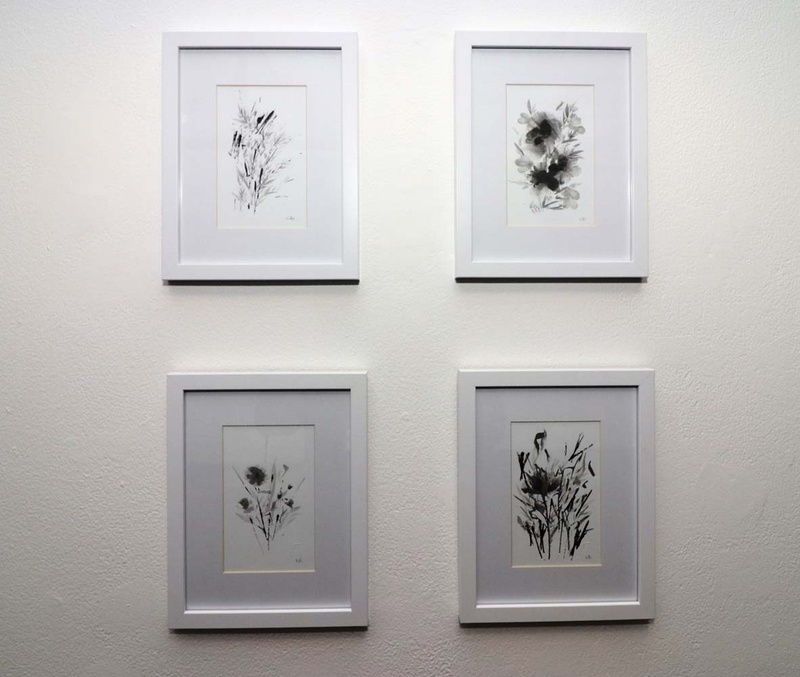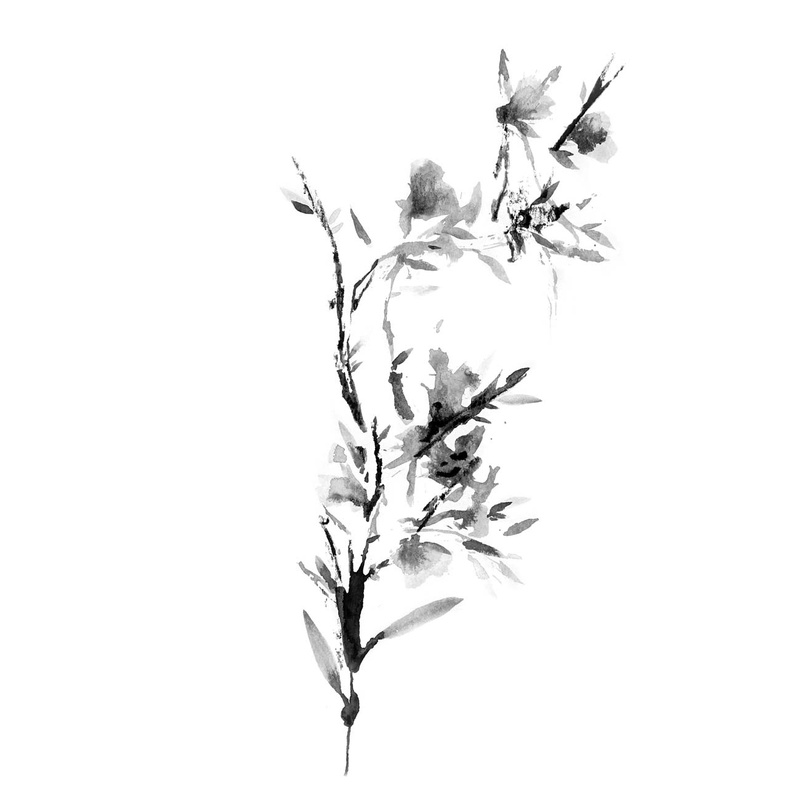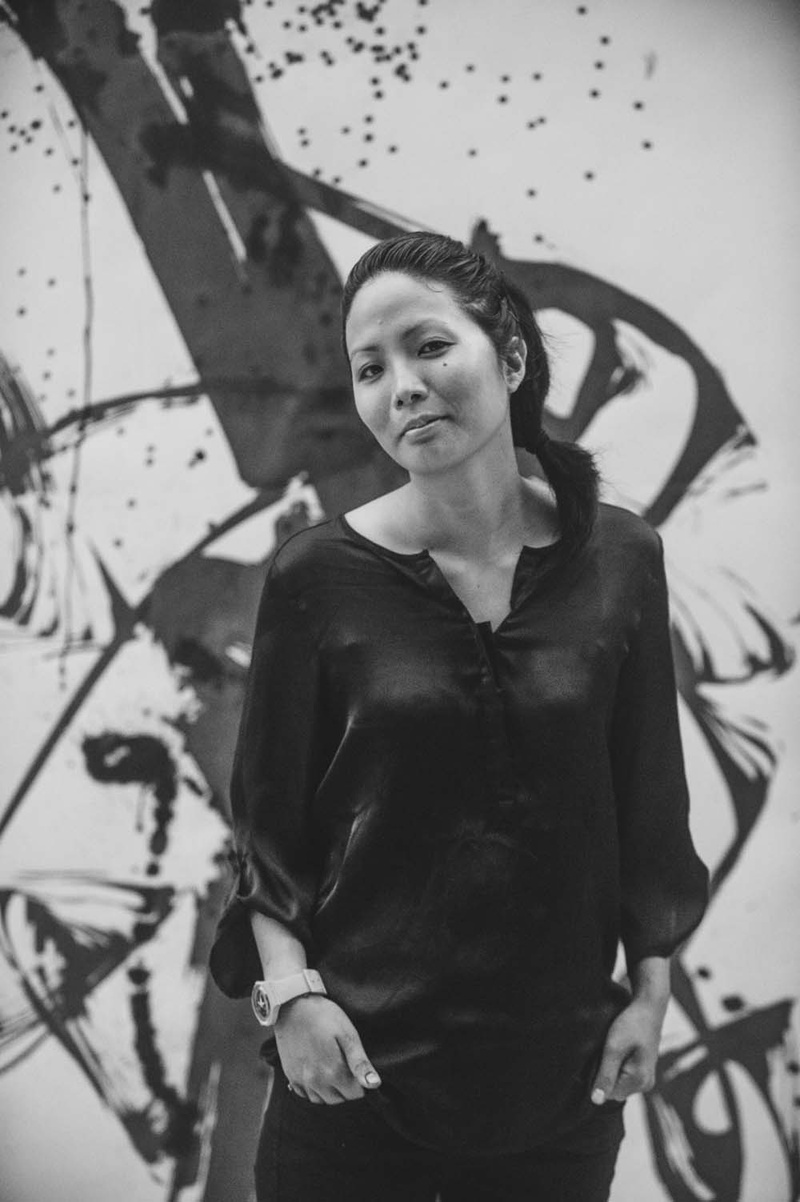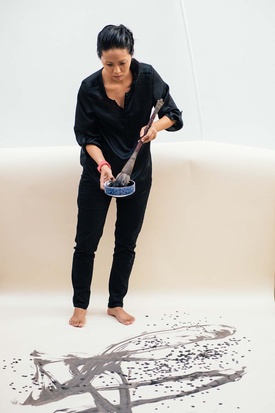Express yourself with words, with a song or a drawing. These three forms come together in the creative adventure of the visual artist Nomi Sasaki who, after several trips, hours listening to Chabuca Granda and meditating on the origin of people, migration and the connection with the land, created “En la grama” , a series of 30 drawings inspired by the song of the same name written by the Peruvian composer and performer.
“I don't know what stung me,” says Nomi, remembering that it all started in August 2017, around the time she was traveling with her sister, violinist Pauchi Sasaki, on her tour. “Feeling that elegance in your walk, that is Chabuca Granda. Like people who dance marinera, who have a different appearance, all of that is felt in their music.” The next thing was to put those sensations on paper, to look for a style that connects with that sensitivity that deals with the roots of people with their place of birth.
“I want to lose my back in the grass, and thus put my roots where I want,” Chabuca sings in one of her least popular compositions, released in 2005, on an album with several unreleased songs that were recorded when the artist was almost 50 years old. . That song has led Nomi to think about her migrant grandparents, about the concern that led them to come to Peru, an act that she is grateful for because she feels lucky to have “been born in this wonderful country.”
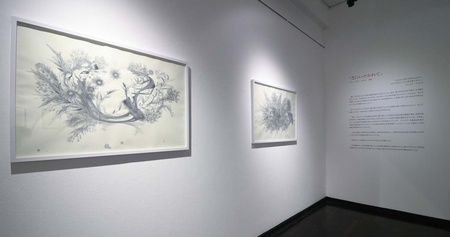
LESSONS IN INK
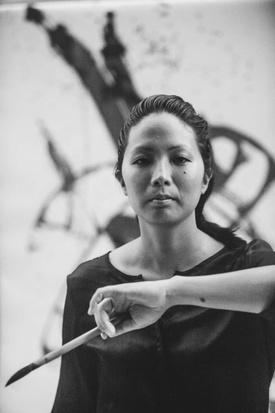
Since she was a child, Nomi traveled to Japan to visit her grandmother in Tokyo. There he learned shodō , Japanese calligraphy done with a brush and Chinese ink. Considered an art, it was difficult for her to learn. “It is difficult even for the Japanese and it is worse if you do not know the language because we see texts from more than two thousand years ago,” he says. She was fifteen years old and that restlessness accompanied her when she returned to Peru, where she could not find a place to perfect this art.
“There is a very strong cultural load on Chinese ink. Some underestimate it, but it is a universe that not only demands technique, it is a tradition that has not been adopted here,” he adds. Currently, Nomi is dedicated to cultural management and video art, but she always liked to draw, so she has self-taught herself and tried various techniques and styles, from watercolor to live drawing. Doing it with India ink presented its particular difficulties.
“Rice paper is difficult to work with because it forms waves, it has to be pasted, and it is a process that is not found here.” Luckily, in 2017, Nomi found a similar role that motivated her to draw, creating a large production of which are part of the thirty drawings, out of more than eighty, that she selected for the exhibition that is exhibited from January 10 to January 3. February at the Ryoichi Jinnai art gallery of the Peruvian Japanese Cultural Center along with a video.
FAMILY TRIBUTE
For Nomi, this exhibition is a tribute to her migrant grandparents and her identity, which she feels is very Peruvian but in which that oriental sensitivity always emerges. “I have always felt that connection,” she adds, which is why she was excited to know that her mother is dedicating herself to translating her grandfather's notebook to find out what concerns he had when coming to Peru.
While drawing, the young artist was thinking about the topic of the migratory process, something that she has always carried with her but that in recent years, on personal trips and accompanying her sister on her tour, in which she was in charge of the visual concept , has become more frequent. “They always ask us if we are Japanese, so we tell them the story of our grandparents.”
Now Nomi is preparing for one more journey: in February 2018 she will complete a master's degree in Art and Technology at the University of Arts and Industrial Design in Linz, Austria. Therefore, presenting these drawings is a way of closing a circle that has allowed him to reach philosophically beautiful conclusions. “I realized that we are more plants than we think. We are like flowers, we have our roots, languages and beliefs with which we grow conditioned by our environment.”
PLANTS WITH SENSE
Those lines that Nomi Sasaki made in her creative sessions always led her to draw plants and flowers, which have to do with the human essence and nature. “Chinese ink has to do with Taoism, that is why in Chinese landscapes there is always a living element, the plants, the river, which represents movement, a human element, which can be a hut or a person, and which has "It has to do with the present, and the mountain shrouded in fog, which has to do with what is hidden and revealed."
This mystique is present in Nomi's drawings, which hold more meanings than can be seen. “A friend who is a forestry engineer told me that the same native potato that grows at more than four thousand meters and comes out purple, if it is planted in Lima it comes out white, and it is because of its genetics. There are things that are more beautiful in those lands at more than four thousand meters and it has to do with how the environment in which we develop influences us.”
Her philosophical gaze, accompanied by a small mole under her left eye, like a Chinese ink stain, emerges in the nature of this artist who has lived this creative process intuitively, learning and experiencing the magic of creation, “of blank paper on which the moment of existence is announced,” he says, paraphrasing eastern wisdom. Beautiful words that he has been able to bring to the drawing.
* This article is published thanks to the agreement between the Peruvian Japanese Association (APJ) and the Discover Nikkei Project. Article originally published in Kaikan magazine No. 117, and adapted for Discover Nikkei.
© 2018 Texto y fotos: Asociación Peruano Japonesa



